Tag: writing
-

Butterfly Words
•
Words swirl around my head constantly. I rarely extract them, afraid of the uncertain consequences of others knowing what I really feel. The danger of expressing myself, of it being the wrong thing said the wrong way. I have a deep fear of being misunderstood. Of being punished, cruelly, immediately,…
-
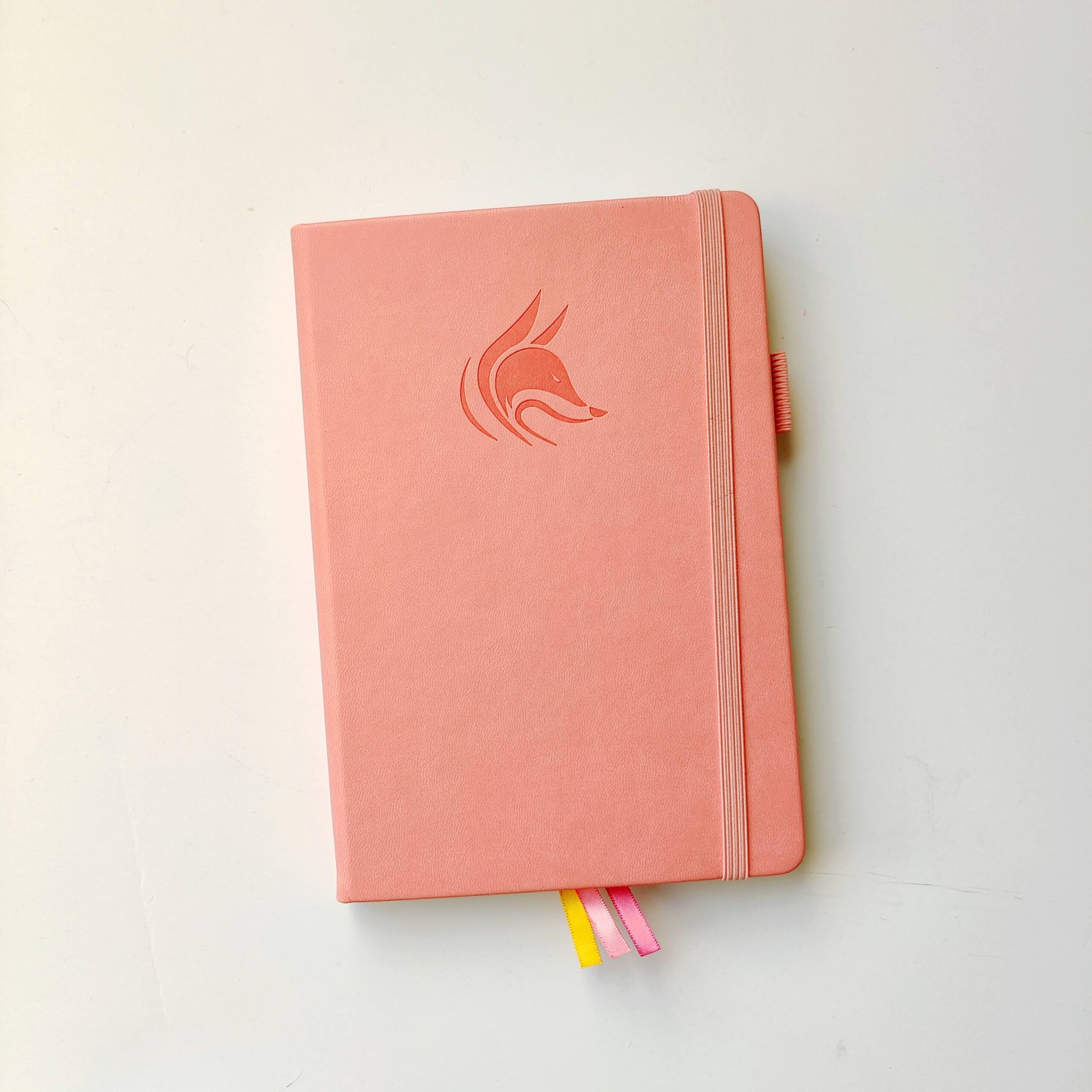
Proof of Life
•
As 2023 approaches, I am reflecting on the past and planning for the future. It’s my favorite part of winter: How did I grow? What do I hope for in the coming year? What is most important to me? In addition to my art journal, I primarily use three kinds…
-
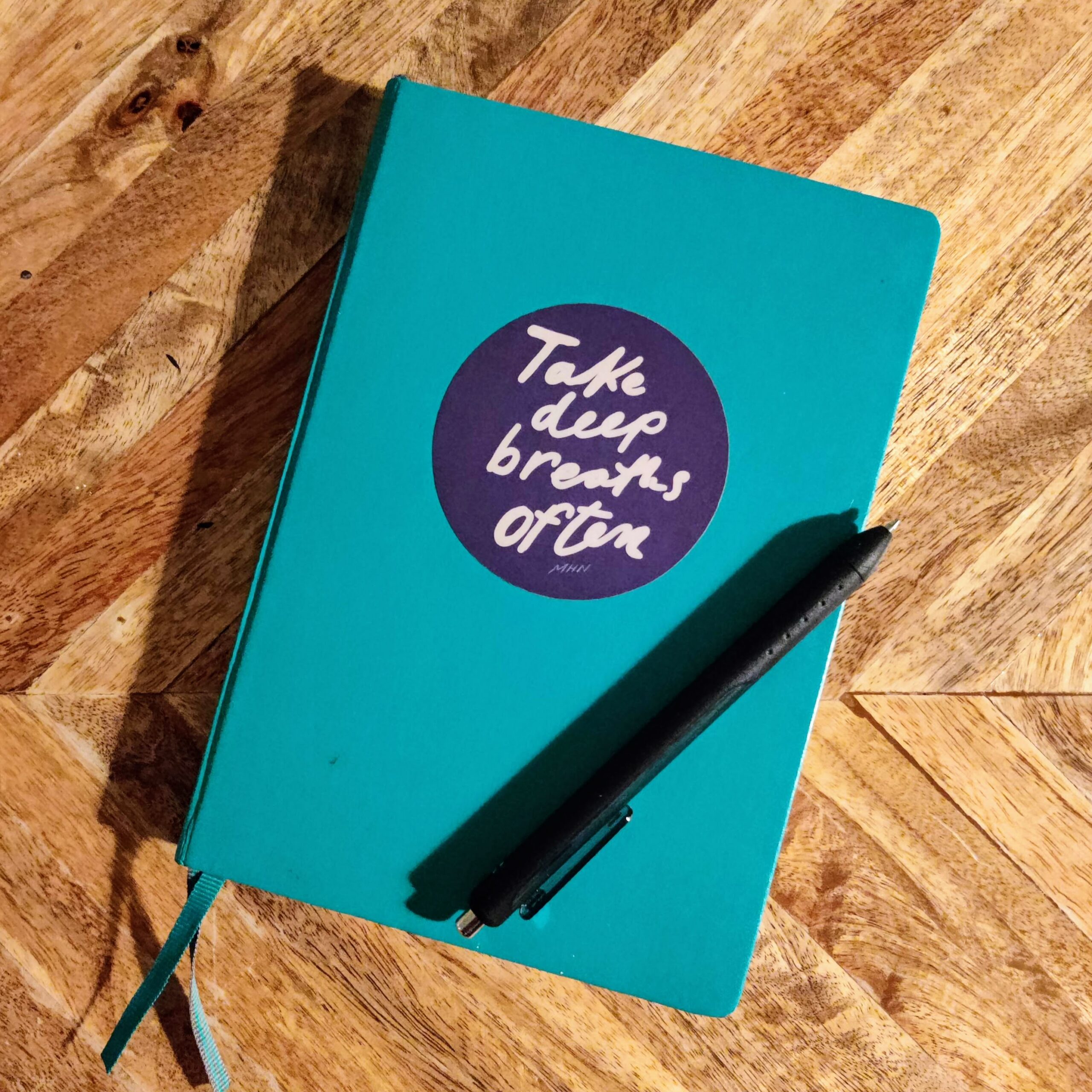
Commonplace Books
•
Somehow I’ve made it this many years before ever hearing about commonplace books. You, too? Commonplace books seem to be, generally, a written collection of the things that attract your attention and pique your interest — a more right-brained version of an art journal, I suppose. The actual definition is…
-
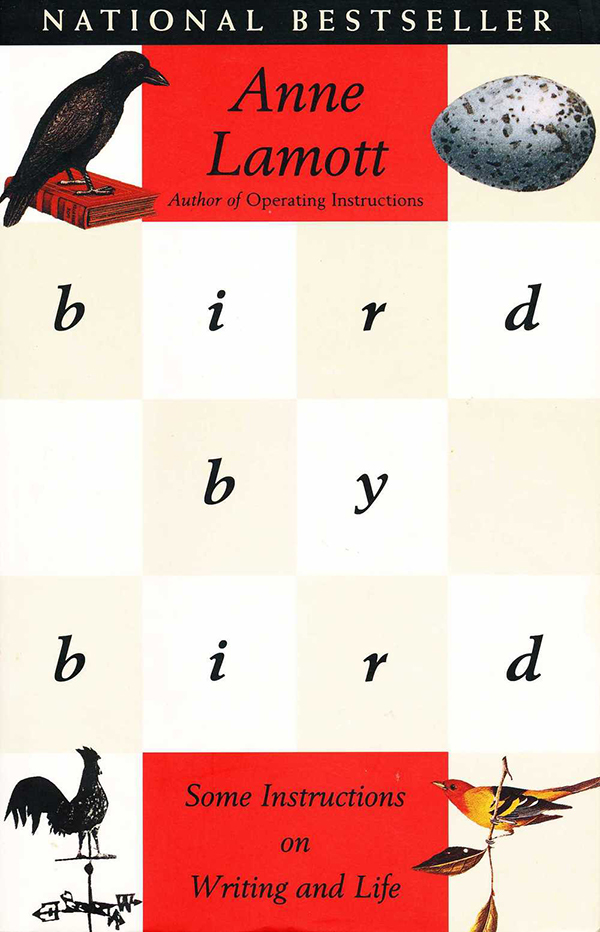
Bird by Bird
•
I just finished reading Anne Lamott’s insightful (and wickedly funny) Bird by Bird: Some Instructions on Writing and Life.
-
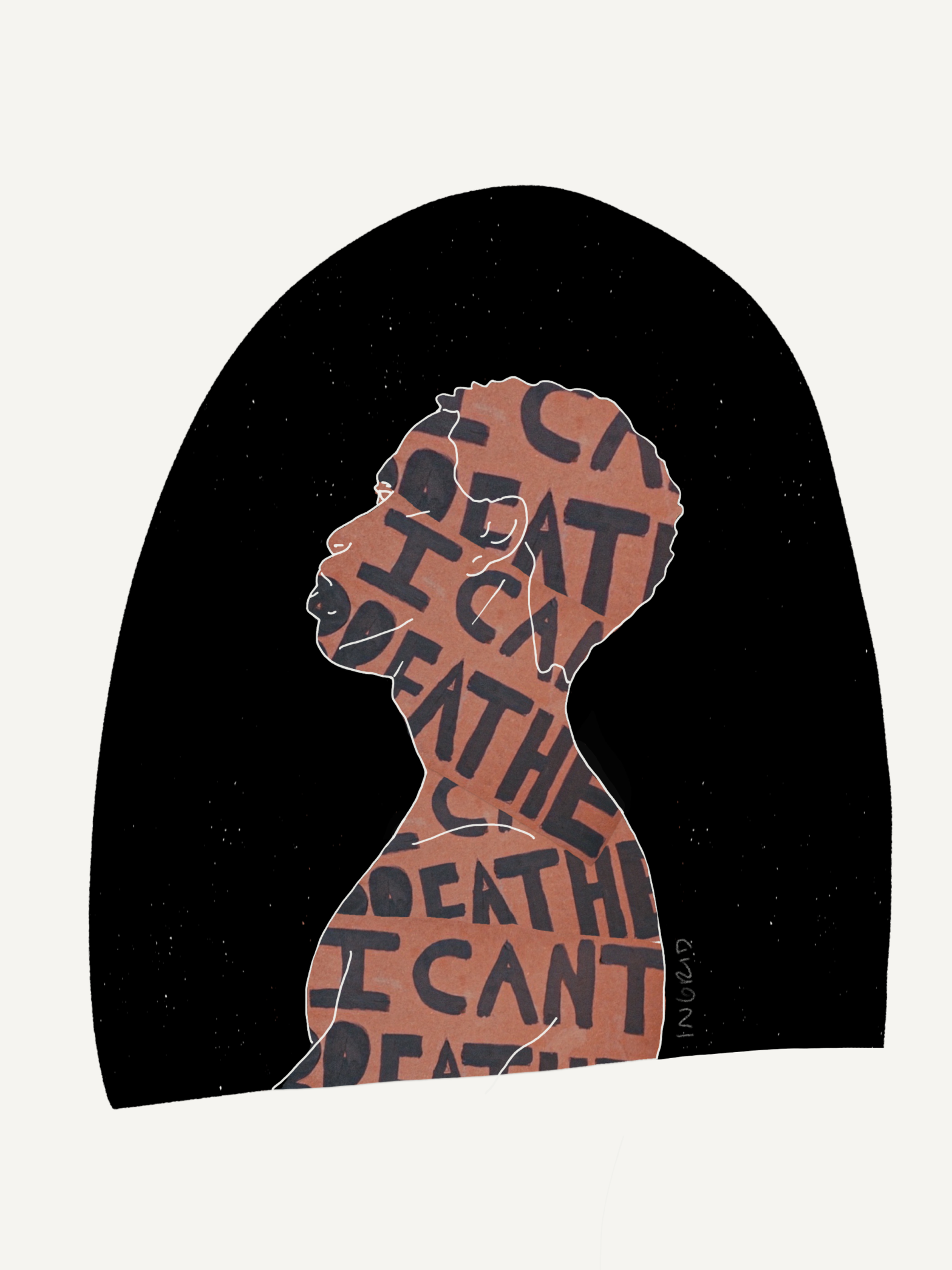
Perfection is a Roadblock
•
We don’t have time for perfection: Black people are dying as white “allies” like me wait for the right words or the right moment.
